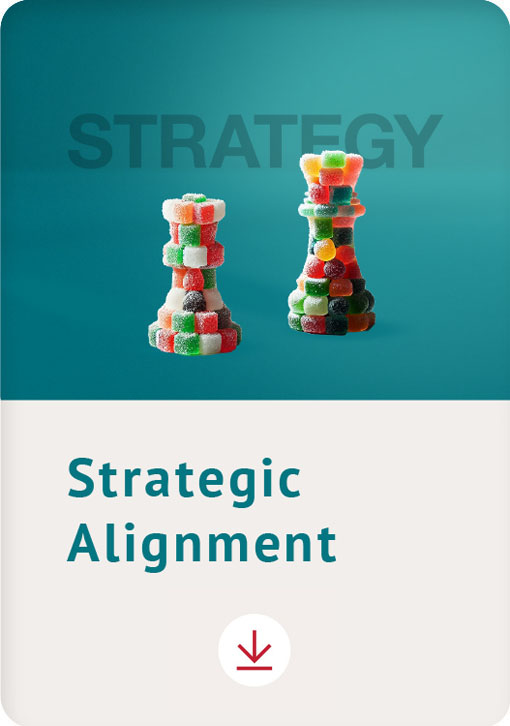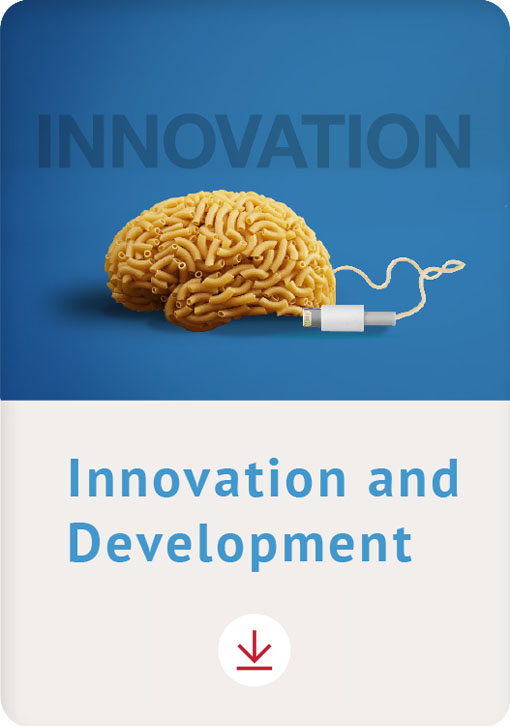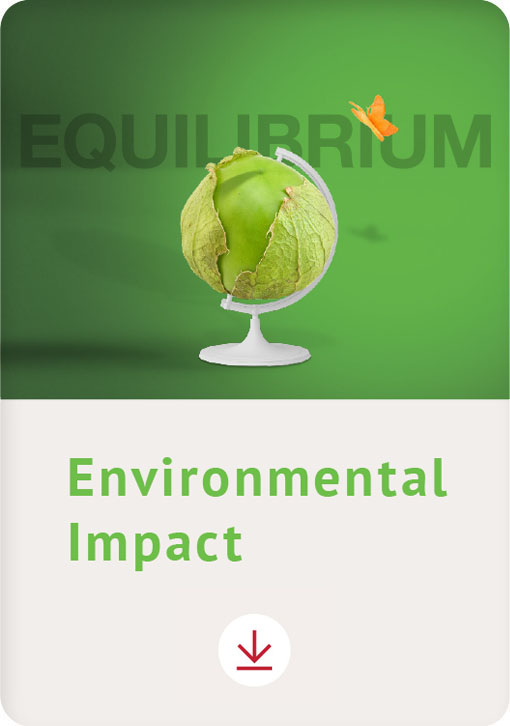Solid Commitment
- Corporate Governance
- Ethical Behavior and Compliance
Strategic Alignment
- Focus on Sustainable Development
- Economic Performance
- 2024 Highlights
- Sourcing Practices
Innovation and Development
- Technological Evolution
- New and Better Products
- International Markets
Environmental Impact
- Environmental Investment
- Sustainable and Regenerative Agriculture Program
- Commitment to Water
- Energy
- Emissions
- Waste and Materials
Social Impact
- Grupo Herdez® Talent
- Social Investment
- Commitment to Consumers





